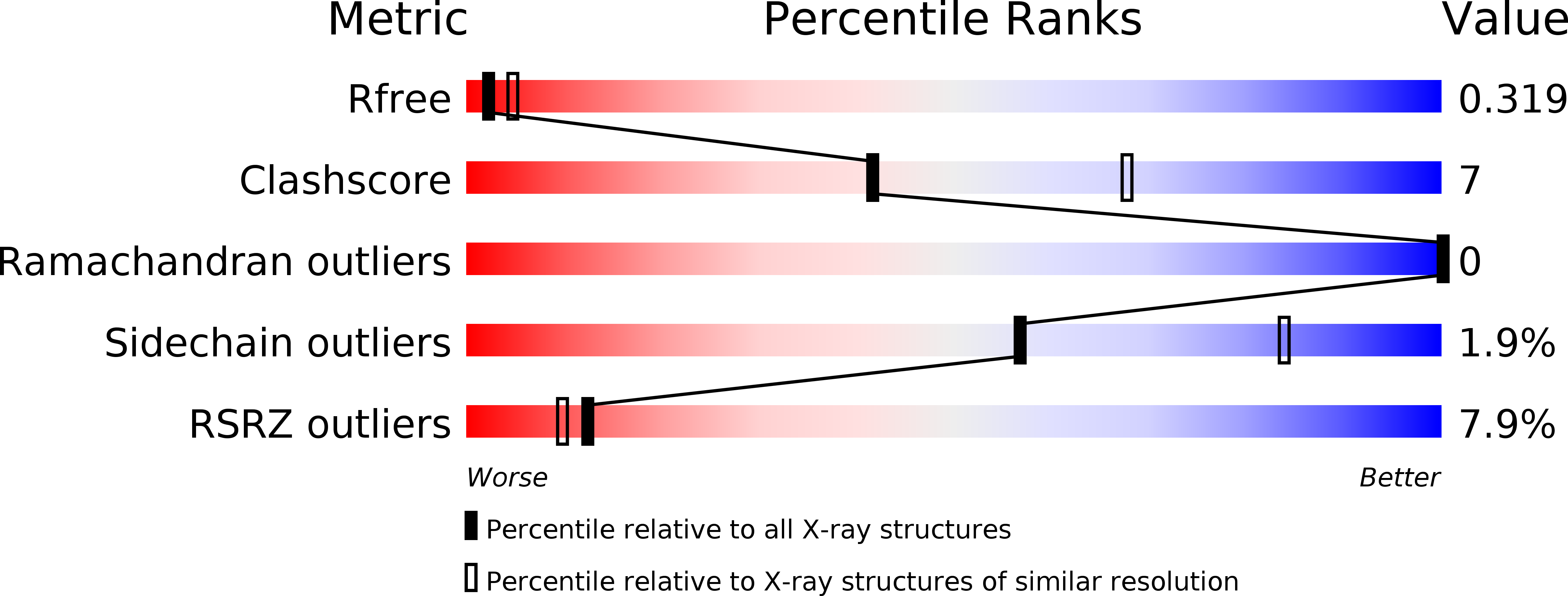
Deposition Date
2019-05-01
Release Date
2020-02-19
Last Version Date
2024-11-20
Entry Detail
PDB ID:
6OS0
Keywords:
Title:
Structure of synthetic nanobody-stabilized angiotensin II type 1 receptor bound to angiotensin II
Biological Source:
Source Organism:
Homo sapiens (Taxon ID: 9606)
Escherichia coli (Taxon ID: 562)
synthetic construct (Taxon ID: 32630)
Escherichia coli (Taxon ID: 562)
synthetic construct (Taxon ID: 32630)
Host Organism:
Method Details:
Experimental Method:
Resolution:
2.90 Å
R-Value Free:
0.31
R-Value Work:
0.25
R-Value Observed:
0.26
Space Group:
C 1 2 1


